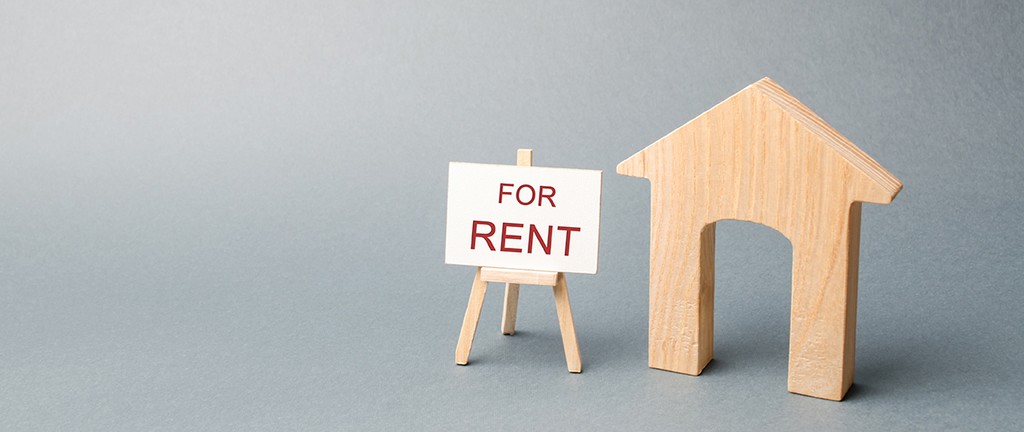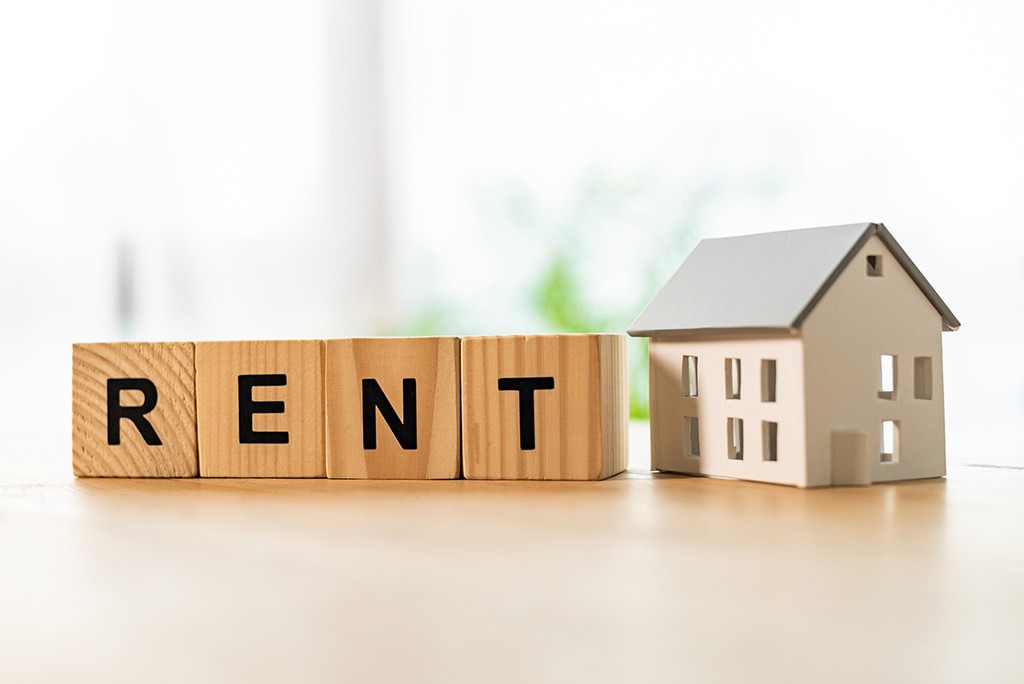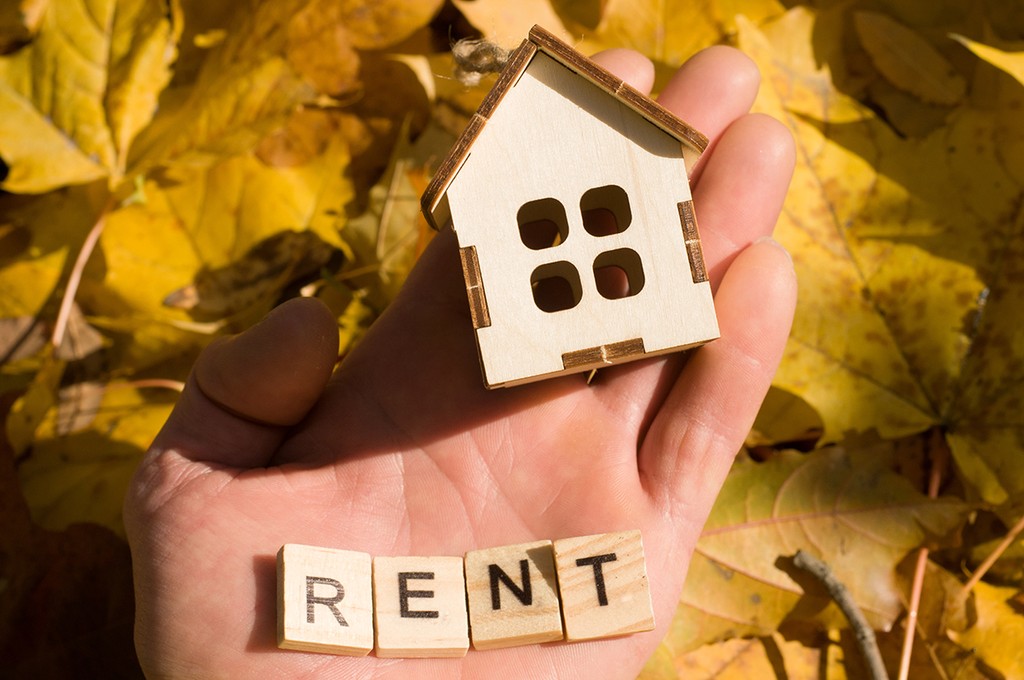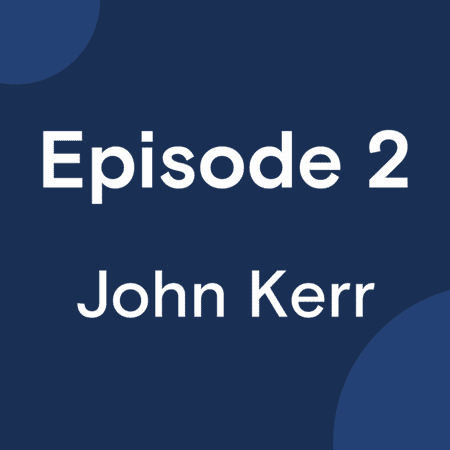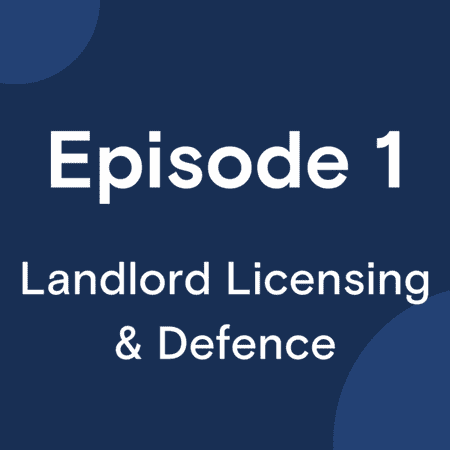If you are going to splash out your hard-earned cash on a buy to let property, you need to know which home provides the best value for money – and that’s where knowing how to work out the rental yield comes in.
Instead of worrying about superficial issues, like the size of the garden or the colour scheme of the décor, experienced property professionals will make non-emotional decisions based on the return on investment.
This is what pros call stacking up an investment and if the figures don’t add up, you’ll be left with a dud rather than a property generating profits year after year.
What is rental yield?
Rental yield is another term for return on investment, a calculation called ROI by accountants.
Basically, rental yield is a magic number that tells you the money you should expect to make as a percentage of the value of the property.
Yield is written as a percentage and the higher the number, the better the return on investment.
But a word of warning. Just working out rental yield is just the start. You need to have some idea if the yield is better or worse than expected. For that, you need a benchmark.
Several organisations publish average yields as benchmarks. One of the most detailed comes from web site Realyse, a free service that covers most UK postcode areas. The data breaks down by property type and gives gross yields and asking rents.
A good rental yield should come in at 5% or more – anything less and you could struggle to pay the bills and make a profit.
Gross and net yields explained
Rental yields come in two types – gross and net.
- Gross rental yield is worked out without considering a landlord’s running costs, like mortgage repayments, repairs or insurance.
- Net rental yield includes running costs, so are more accurate.
How to work out gross rental yield
Working out the gross rental yield simply the annual rental return divided by the property value.
For example, take a home valued at £225,000 that generates an average monthly rent of £996.
To find the gross rental yield:
- Calculate the annual rent by multiplying the monthly rent by 12, but bear in mind you may have to revise the calculation if you have any lengthy void periods. If the property is empty for say two months, you would adjust the annual rent to a multiplier of 10.
ie £996 x 12 = £11,952
- Divide the rent by the property value. The value should include any costs relating to the purchase, like stamp duty and legal fees.
ie £11,952 divided by £225,000 = 0.05312
- Multiply 05312 by 100 to give the gross rental yield
ie 0.05312 x 100 = 5.3%
How to work out net rental yield
Working out the net rental yield for a property involves an extra step from calculating the gross yield.
The extra step needs the annual total for bills. Include mortgage interest, insurance, repairs and maintenance, letting agent fees and any other day-to-day running costs.
Say our £225,000 rental home costs £5,000 a year to run, then the net rental yield is worked out like this:
- Calculate the annual rent by multiplying the monthly rent by 12
ie £996 x 12 = £11,952
- Take away the annual running costs to give the net rental profit
Ie £11,952 – £5,000 = £6,952
- Divide the net rental profit by the property value
ie £6,952 divided by £225,000 = 0.026667
- Multiply by 100 to give the gross rental yield
ie 0.026667 x 100 = 2.6%
What working out the rental yield tells property investors
Working out the rental yield is a useful tool for calculating the return on investment a property offers.
You can consider if a property is worth buying or apply the formula to properties you already own to see if they are performing at the benchmark or above.
You might want to sell a property with a low yield to replace the home with a better-performing investment.
Benchmark figures, including those from Realyse, are based on gross rental yields as you have no way of knowing a property’s running costs if you are not privy to the accounts.
Another way to benchmark is to research the average selling price and asking rent for other homes in the neighbourhood like the one you want to buy.
With these figures, you can work out the benchmark rental yield for the area to see how your proposed investment might perform.
If the yield is too low, the property might not generate enough income to cover the running costs and make a profit.
For example, a seller has a home for sale for an asking price of £180,000, but your research shows the average home sells for £160,000 and rents out for £650 a month, giving a gross yield of 5.2%.
The increased asking price takes the yield down to 4.3% as you are unlikely to move in a tenant for more than the average asking rent.
Meanwhile, just around the corner, a similar property is for sale for £145,000, pushing the yield up to 5.3%.
This example is a good demonstration of how investors can apply how to work out rental yield to help with making sound financial decisions.
Rent cover for buy to let mortgages
All buy to let lenders carry out an affordability check, which is a test to show if an investment property is likely to generate enough rent to pay any mortgage interest.
Working out rent cover is a good idea for property investors and ties in with working out the rental yield.
Lenders quote the rent cover needed as a percentage, which can be anything from 100% to 145% of the monthly rental income.
A rent cover figure of 145% means the lender wants to see a rent of the monthly mortgage interest payment plus 45% to support the borrowing.
Every lender will have an in-house rent cover calculation, but typically work out on an interest payment of 5%.
The calculation has two steps:
- Buying our home valued at £145,000 generating a £650 a month rent with a mortgage at 75% loan-to-value leads to borrowing £108,750.
The calculation takes the mortgage amount multiplied by the mortgage rate then divides by 12. Rent cover stretches over the borrowing, not the purchase price.
ie £108,750 x 5% = £5,437.50 divided by 12 = £453.12 monthly interest only mortgage repayment.
- Our lender wants 145% rent cover, so divide the monthly repayment by 100 and multiply by 145.
ie £453.12 divided by 100 is £4.53 a 145 = £657.03 monthly rent.
In this case, our monthly rent just misses the amount required as 145% rent cover by £7.03.
The lender could ignore this marginal amount or, more likely, slightly reduce the mortgage offer to £107,500 to meet the calculation parameters.
Why are rental yield and rent cover important?
Landlords start a buy to let business to make money. Rising house prices are often the driver, but experienced property professionals know the key to successful investing is rental profit and cash flow.
Working out rental yield and rent cover is essential if you want to make well-informed financial decisions about your property investments. Find out more on calculating rent.
Contact one of our experts today to find out how we can improve your property letting experience. Our mission is to make the letting process much easier for landlords and tenants. We won’t stop until we achieve it!

